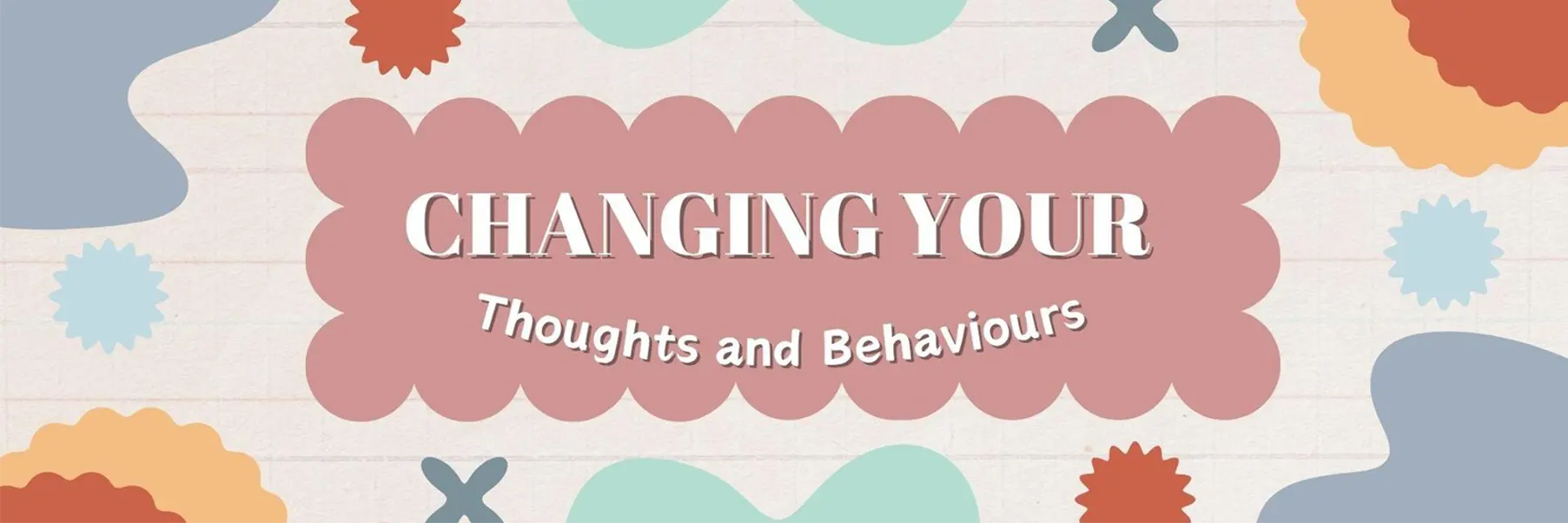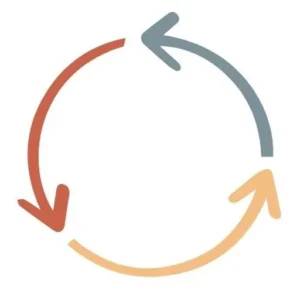
Human nature is that of patterns. It’s just a given. These patterns show themselves in the most unsuspecting ways. Whether that be how we talk to ourselves after making mistakes or how we react when faced with uncertainty, these patterns play out our most intimate thoughts and behaviours. While some of these unconscious behaviours can serve our daily functions, oftentimes they reinforce the cycles of anxiety, avoidance, and self-doubt.
If you find yourself unable to change these deeply ingrained patterns of behaviour, that’s okay. You are not alone in this. In fact, most people find it quite challenging to alter their thoughts and behaviours.
In this post we’ll discuss the link between thoughts, feelings, and actions. This approach is often used at the Montreal Center for Anxiety and Depression, and is a core principle behind several therapy approaches. Most notably; Cognitive Behavioural Therapy (CBT). This approach is based on the idea that small shifts in one area can lead to a ripple effect- thereby changing your life on a greater scheme. Cognitive Behavioral Therapy is a scientifically tested therapy that has been shown to enormously help people struggling with anxiety, depression, panic and more.
One of the most important things to grasp in this approach is understanding your thoughts. Not all thoughts are created equal. Some, known as automatic thoughts, are just that; Thoughts that come into our heads without us noticing. Others are more sophisticated, rooted in our past experiences and upbringing. These are known as core beliefs. At a certain point what can happen is cognitive distortions, the thoughts that trap us into unhealthy beliefs and processes.
Examples of Cognitive Distortions:
All or nothing thinking: the idea that even a slight adjustment or mistake is the end of the world. Someone suffering from this distortion may find themselves thinking“if I’m not perfect, I have failed”.
Catastrophizing: believing that the worst possible thing will always happen. This thought often is accompanied by imagining worst case scenarios, and convincing yourself each and every one will occur.
Mind reading: This one is especially dangerous. Believing you can read someone’s mind is not only harmful to you, as in most cases you’re reading negative thoughts, it’s harmful to your relationship with the person across from you. After all, how can you foster a close relationship with someone you believe is constantly thinking bad things about you.
There are many other cognitive distortions, but the matter of fact is; Recognizing these thought processes is the first step towards change.
 The thought-feeling-behaviour loop is another thing to watch out for. It begins with a thought, generally negative such as, “I can’t do this”. This creates feelings of anxiety, or embarrassment. These feelings in turn lead to avoiding this task altogether. Which, yes, provides some temporary relief BUT reinforces the idea that you can’t accomplish whatever you’ve set out to do. This loop will repeat itself in all aspects of your life: Unless you break it. By shifting even minimally, you can prove to yourself that you CAN do it. This shift can be challenging the thought (asking, “why can’t I?), or challenging yourself to ignore this thought and give it a shot anyways. Remember avoidance always feeds anxiety- making it get worse.
The thought-feeling-behaviour loop is another thing to watch out for. It begins with a thought, generally negative such as, “I can’t do this”. This creates feelings of anxiety, or embarrassment. These feelings in turn lead to avoiding this task altogether. Which, yes, provides some temporary relief BUT reinforces the idea that you can’t accomplish whatever you’ve set out to do. This loop will repeat itself in all aspects of your life: Unless you break it. By shifting even minimally, you can prove to yourself that you CAN do it. This shift can be challenging the thought (asking, “why can’t I?), or challenging yourself to ignore this thought and give it a shot anyways. Remember avoidance always feeds anxiety- making it get worse.
To start shifting patterns start with small, simple actions. It is unreasonable to expect an overhaul and immediate change overnight. Real lasting change is made by committing to yourself. It may be quiet, and at times uncomfortable but as long as you make steady progress you’re on track for long lasting improvements.
Try:

Noticing your thoughts: Ask yourself what thoughts are dictating your behaviours.
Challenging your inner critic: Often in life, you’re your own worst critic. Try challenging these thoughts about yourself by asking, “Is this how I would treat my friend?”, “Is this helpful?”, “Is this true?”.
Behavioural experiments: If you give in to your thoughts by avoiding anything you believe will go wrong, try testing it in manageable ways and confirming the outcome. Sometimes seeing things play out can be reassuring. You’re stronger than you think!
Acting in line with your values: Values are important to any human being. They’re what define you as a person. If your thoughts are spiraling, ask yourself if avoiding the task is really in line with your value system. It’s possible the anxiety is coming from going against your own beliefs.
At its core, changing our patterns of behaviour is not about being “better” or “fixed”. It is about becoming more aware and intentional which tends to improve your life quality and helps you in your relationships to be more present and even kinder.
If you feel stuck, or overwhelmed, rest assured that you’re not the only one feeling this way. At The Montreal Center for Anxiety and Depression specialist support, and personalized care are at the forefront of our mission. Witnessing our clients make these changes with our guidance is one of the most rewarding aspects of this profession.
To learn more about changing your thoughts and behaviours give us a call at 514 777-4530 today. We would love to help you, and get you started on your journey. Change your life… TODAY!
